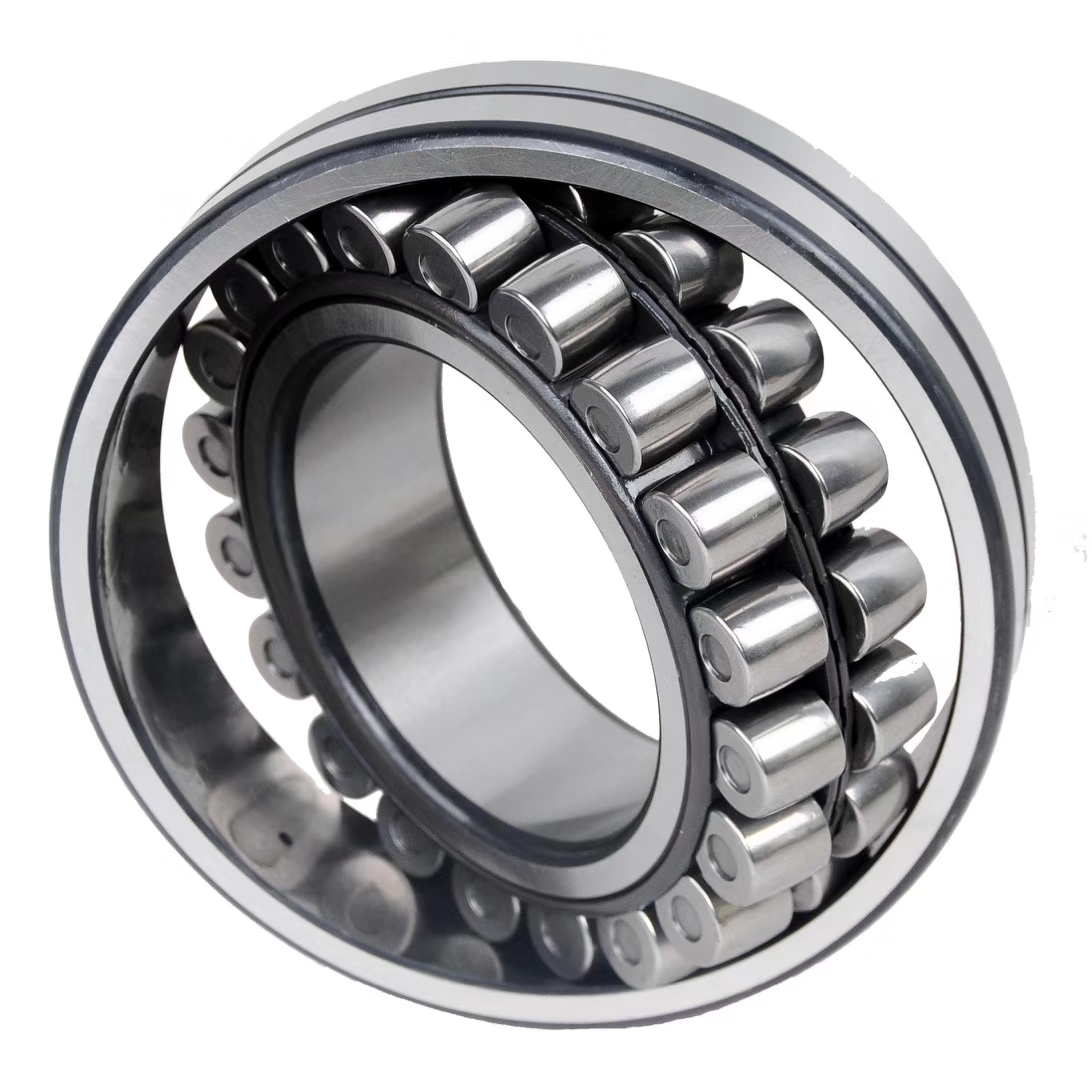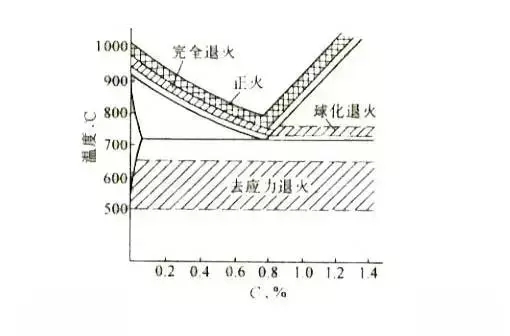Annealing, also known as braising, code named th, is to heat the steel parts to AC1 or AC3 above (30 ~ 50 ℃), keep them for a period of time, and then slowly cool them (generally furnace cooling).

Normalizing, also known as open fire, code name Z, is to heat the steel parts to AC3 or ACM (30 ~ 50 ℃), keep them for a period of time, and then cool them in air. The cooling rate is slightly faster than annealing.

The main differences between bearing annealing and normalizing are as follows: normalizing is a kind of abnormal or special case of complete annealing, and the two are only different in cooling rate. Generally, annealing is cooled with furnace cooling, while normalizing is cooled in air. Normalizing is suitable for hypoeutectoid steel and hypereutectoid steel. For eutectoid steel, normalizing is generally used to eliminate network carbide; For hypoeutectoid steel, the purpose of normalizing is basically the same as that of annealing. The main purpose is to refine the grain and eliminate the defects in the structure. However, the pearlite sheet in the normalized structure is finer than that in the annealed one, and the amount of pearlite in the hypoeutectoid steel is more than that in the annealed one. Therefore, the hardness and strength of the steel after normalizing are higher than those after annealing, For the materials with network cementite in the steel, normalizing is necessary before other processes can be used. For the materials with performance requirements after heat treatment, the annealing process can be selected according to different requirements and steel grades. For example, normalizing process can be selected if certain strength and hardness are required after heat treatment; The annealing process should be selected if the strength and hardness should be reduced as much as possible.
Common types of annealing operation in bearing production
(1) Complete annealing (commonly known as annealing) is mainly used for castings, forgings and hot rolled sections of Asian common bridge steel and alloy steel, and some are also used for welded structural parts. Its purpose is to refine grains, improve microstructure, eliminate residual stress, reduce hardness, improve plasticity, and improve machinability. Complete annealing is a long-time annealing process, At present, isothermal fire is often used to replace complete annealing. Compared with complete annealing, isothermal fire has the same purpose as complete annealing, but it greatly shortens the annealing time.
(2) Spheroidizing annealing is mainly used for hypereutectoid steel and alloy tool steel (such as cutting tool, measuring tool, die and bearing). The main purpose is to reduce the hardness, improve the machinability and prepare for quenching.
(3) Stress relief annealing (also known as low temperature annealing) is mainly used to eliminate the internal stress of castings, forgings, weldments and hot rolled parts.
(4) Recrystallization annealing is used to eliminate work hardening caused by cold working (cold drawing, cold punching, cold rolling, etc.). The purpose is to eliminate the internal stress, improve the plasticity and improve the structure.
(5) Diffusion annealing is mainly used for alloy steel, especially for alloy steel castings and ingots. The purpose of this paper is to reduce or eliminate the non-uniformity of chemical composition in steel by using the large diffusion ability of atoms at high temperature.
Part of the information comes from the Internet, and strive to be safe, timely and accurate. The purpose is to transmit more information. It does not mean that our website agrees with its views or is responsible for its authenticity. If the information reprinted in this website involves copyright and other issues, please contact this website in time.


